Search for articles, topics or more
browse by topics

Search for articles, topics or more

The holidays are a time to eat, drink and make merry – the most convivial time of the year. But in a time of growing awareness about food waste, how can we redesign the holiday feast in order to celebrate more sustainably? M Magazine assembled a panel of leading food designers and thinkers from around the world to find out.
Many of our ideas about celebrating the holidays are rooted in abundance – we gather together with our loved ones, families and friends meeting in numbers, breaking bread and toasting to each other’s health and happiness. Tables groan under the profusion of delicacies and dishes on offer, and plates are heaped high amid the generosity of the season.
In different cultures from across the world, the holiday spirit finds a match in the cornucopia: a symbol from classical antiquity that depicts a horn overflowing with bountiful produce. During the holidays, we believe, that nobody should be left wanting. But in a time of global change, how can we reconcile the cornucopia's ideals of plenty, good fortune and abundance with the need for societies to function more sustainably? A third of all food produced globally is currently thought to be lost or wasted each year – holidays, with their emphasis on bountiful celebration, can embody some of our worst instincts.
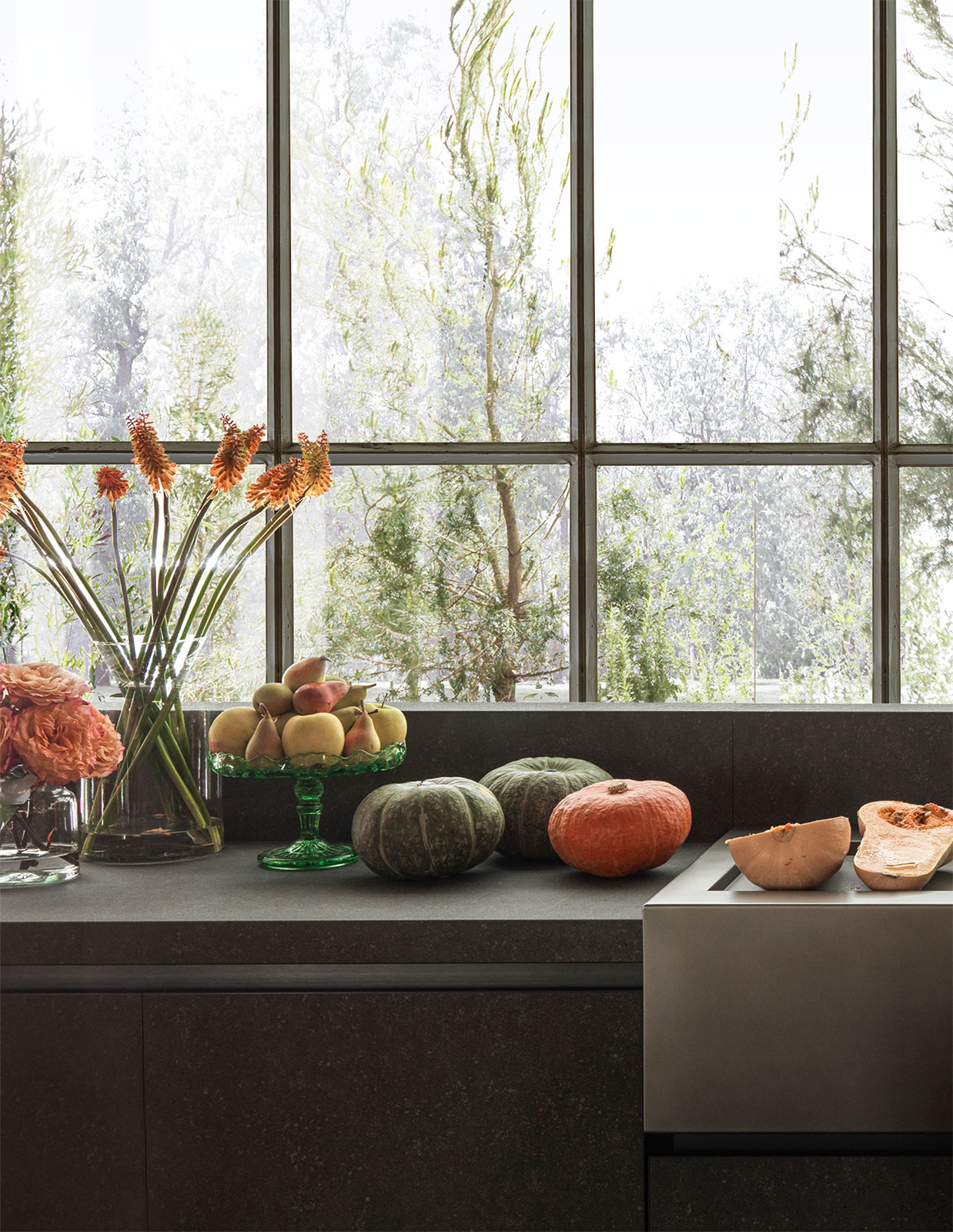
This year, however, Molteni&C is exploring the potential for a new, more sustainable form of conviviality. The brand had worked with Csaba dalla Zorza, a celebrated food writer and art director, to create a holiday photoshoot that proposes a more conscientious way to celebrate, bringing people together in dining spaces that prioritise human connection over thoughtless consumption.
To discuss these issues further, M Magazine invited dalla Zorza to meet with three leading food designers from across Europe, Asia and the United States: Marije Vogelzang, Leyu Li and Emilie Baltz. An edited version of the conversation that followed unfurls below.
M Magazine: Ideas of excess and abundance are intimately connected with how people think about the holidays. Do you think that celebrations can operate in a more sustainable way, or is that idea of abundance too deeply baked into the way in which we think about festivities?
Emilie Baltz: The first thing that comes to my mind is actually at the opposite end of the scale to a holiday, but is still quite celebratory: the raisin meditation. That’s a meditation practice where you eat a raisin and really just make it present to all of your senses while doing so. It has this celebratory quality of being able to go deeper and deeper into the minutiae of something, and that makes me wonder: does conviviality necessarily have a relationship to scale? Does celebration have to happen within our typical abundance metaphors?
Marije Vogelzang: I really like the question, because when we say the word “abundance”, we tend to think about it in relation to food. But we already have an abundance of food in our daily lives. Real abundance would be time, or human connection – the kinds of things we generally lack. So I think that we could understand the value of celebrations as engagement with one another. The scarcity that we experience in our life is not food – it's surprise, or a feeling of connection. We need to create that kind of abundance.
Csaba dalla Zorza: I think you're totally right, because scarcity is also about expectation. What we're lacking now is this idea of waiting for something to surprise us. Everything is so boring, because we have an abundance of everything. Abundance in itself is not bad, assuming we’re not wasteful, but it is bad if we don’t appreciate what we have. We're lacking a deep sense of expectation and gratitude.
Leyu Li: In my childhood in China, abundance came with expectation. When I was growing up, my whole family would wait for a pig that my uncle had fed up over the course of the year, which we would then eat at the Spring Festival. Even though I could now buy that kind of meat for myself, that sense of waiting and expectation is still present in my heart.
Emilie: Designing the experience of celebration is a lot to do with setting expectations, because the celebration of abundance usually has to be in counterpoint to scarcity for it to feel celebratory, right? It has to be built on desire, and the building of expectations is a huge part of contributing to the joy of celebration.
Csaba: That attitude is important, because food is not something that we only use for eating – it’s something we use for conviviality. We use food for business – if you want to close a partnership, you invite someone for lunch or dinner; if you want to meet someone socially, you invite them for coffee or an aperitivo. Food is this base for conviviality; it's something that we have in abundance, but it’s also a key to open many doors.
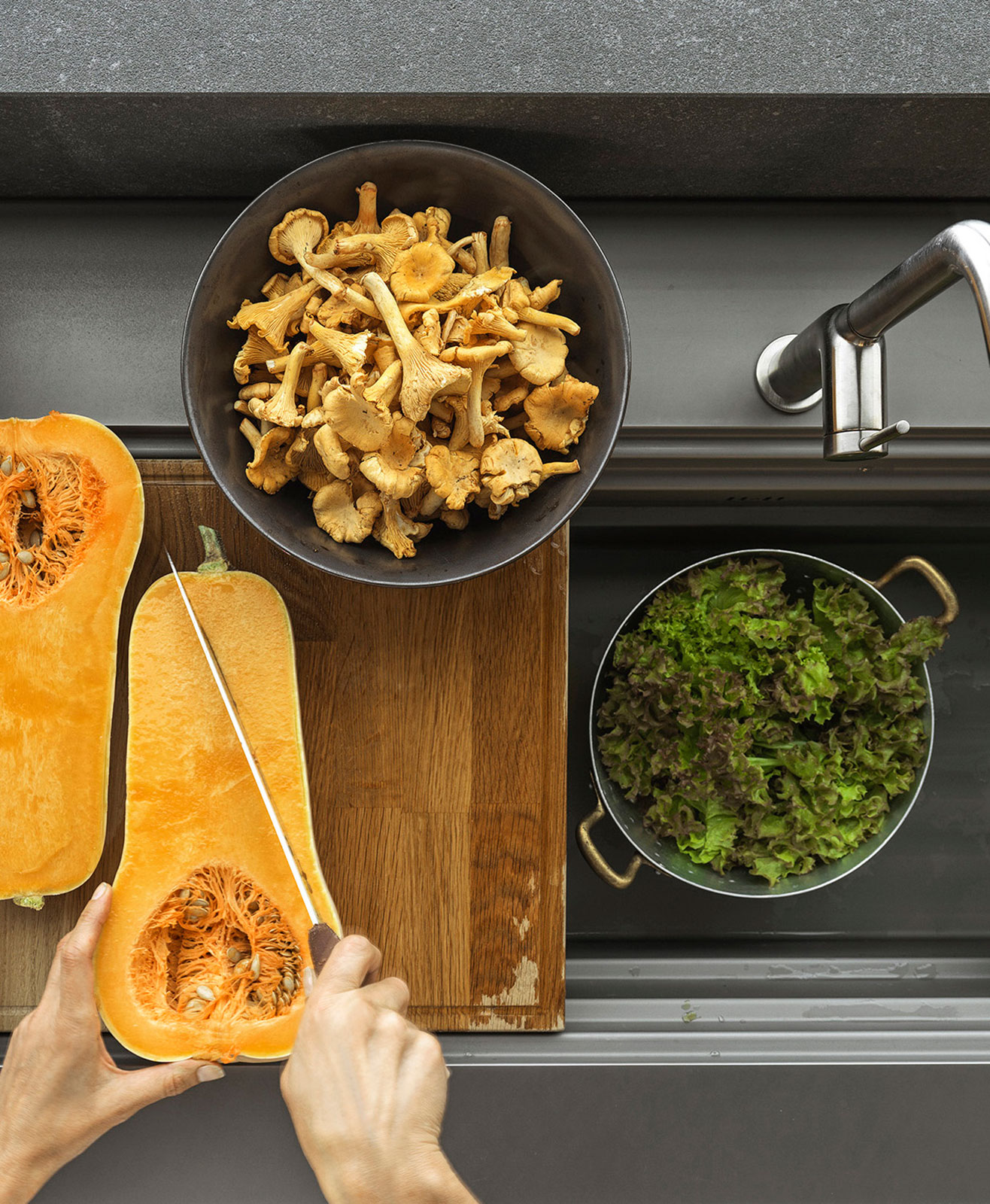
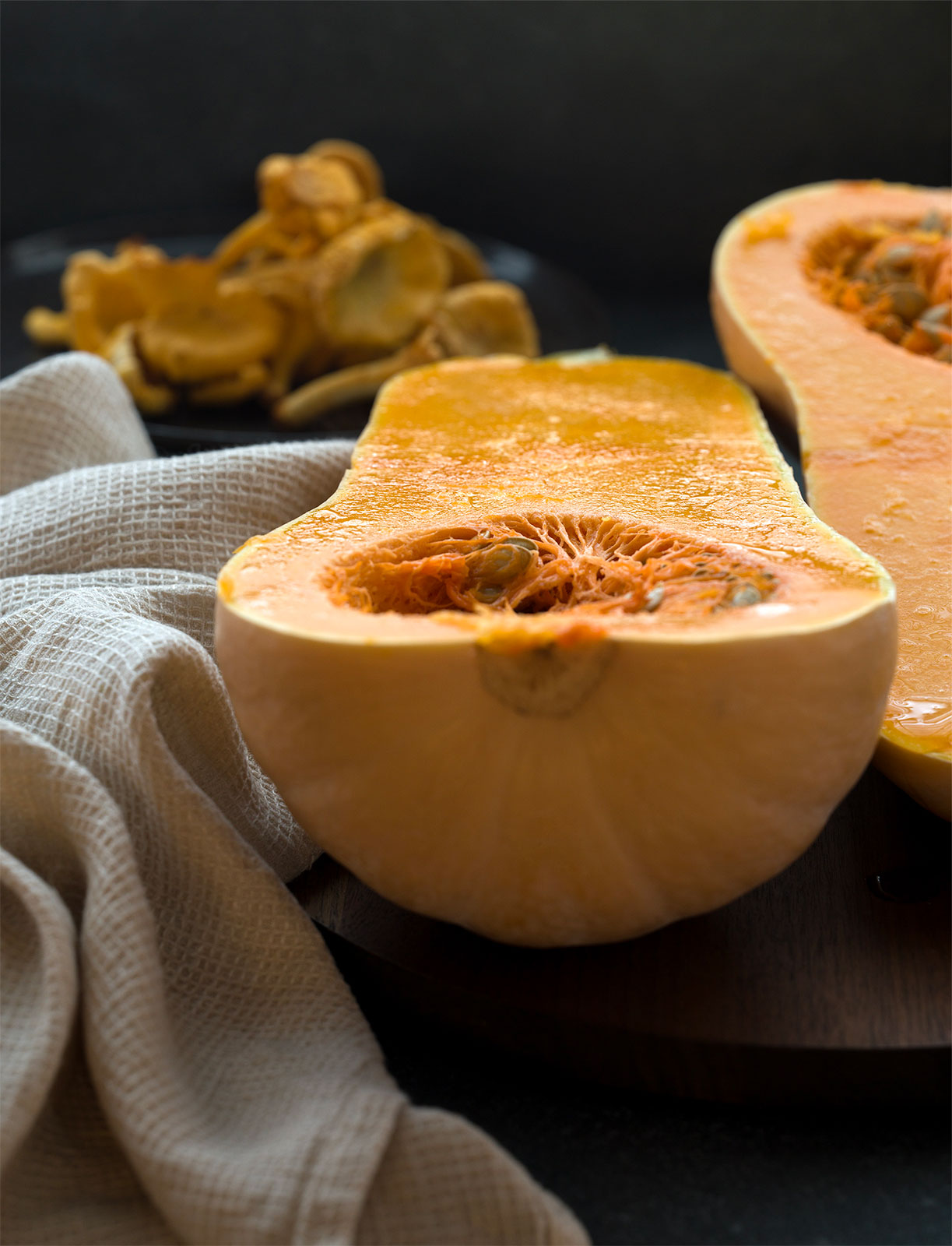
M Magazine: What does conviviality mean to you?
Marije: Conviviality is that moment where our brain gets extra dopamine because we feel that things are right, because we’re sharing things with other people. It doesn't matter which culture you're from – we all long for that moment. That's the power of it – if you're creating something in a setting of conviviality as a designer, then people feel it's a meaningful experience.
Leyu: It’s the essence of togetherness.
Emilie: Conviviality can be a social lubricant, because it doesn’t demand any sort of tension – we're not ruffling feathers, we're not having political discussions around it. If we bring sustainability into that kind of lens, I do wonder a bit about what that implies, but I think that conviviality can still act as a threshold to other things – it allows for getting to know strangers, which is beautiful, and also for a deepening of relationships and behaviours.
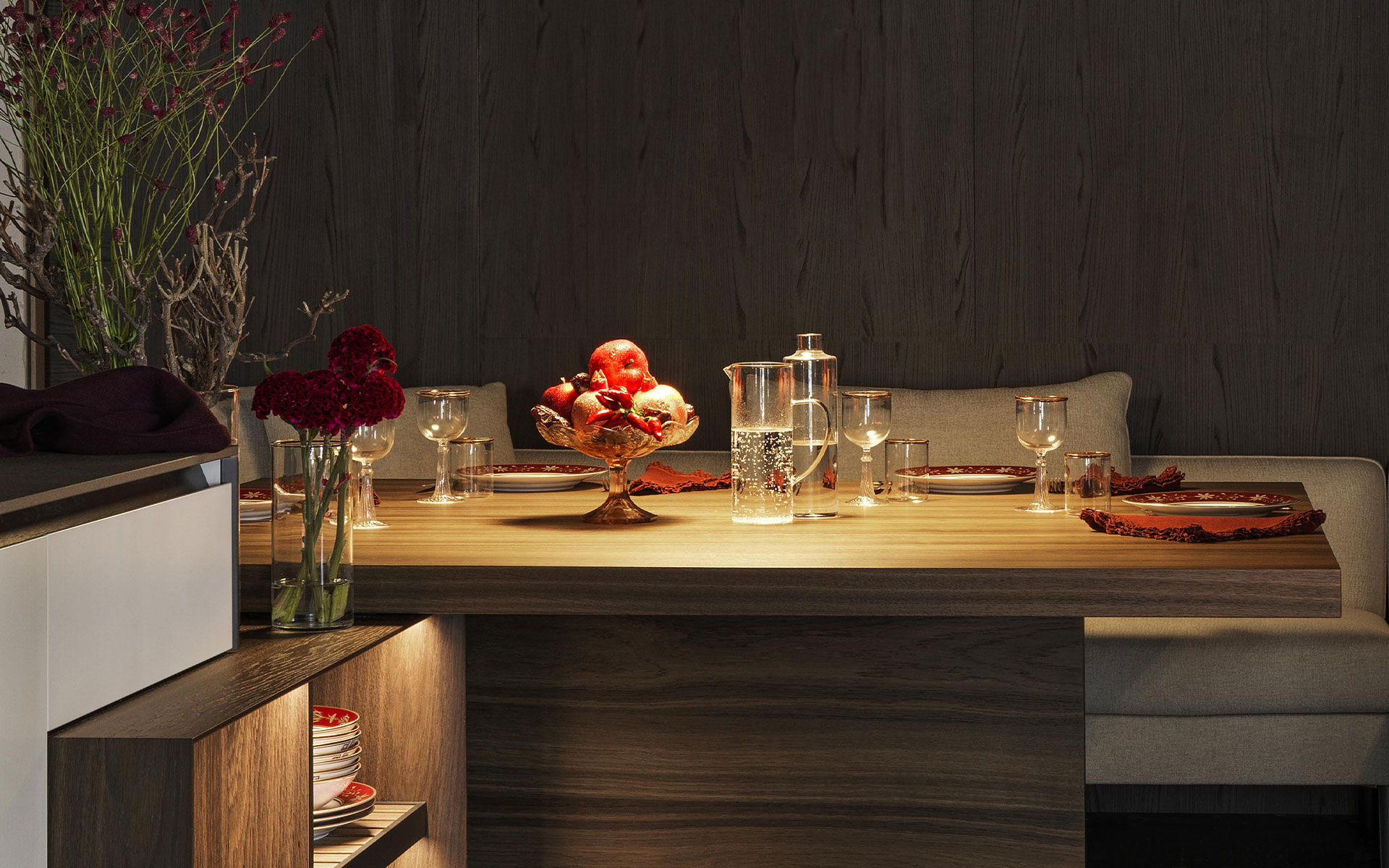
M Magazine: How do you think you could foster that sense of togetherness in relation to sustainability?
Marije: The key is in the creative mind. Everybody has a creative mind – if you close your eyes, you can see whole new worlds. If we can tap into that, then we can create new things. I actually think all this abundance is a kind of laziness – if you have creativity, you can make amazing things with really simple ingredients. If we can create those kinds of experiences, it's easier for people to shift to new ways of celebrating more sustainably.
Emilie: The interesting part about a word like “conviviality” is that it's a container for group behaviours. If we’re able to encourage different experiences, we can think about driving good human behaviours, such as supporting sustainability. How do we design in empathy? What about opportunities to listen, to exchange, to be generous? It’s about how we can create a new point of entry into these discussions.
Leyu: The role of speculation or imagination is very powerful in that regard. It’s something that we can use to make the unreal real and invite the future to now. Design and speculation create tools to tell stories – they make fictional scenarios real in the present.
Csaba: One story that we need to understand is that consuming less and respecting others is the basis of sustainability. When it comes to the holiday season, it’s not necessary for us to behave as we have done traditionally, because traditions can be wrong. We need to select what to embrace from the past, what to embrace from the present, and what we need to build for the future. Building new, more sustainable traditions is a must.
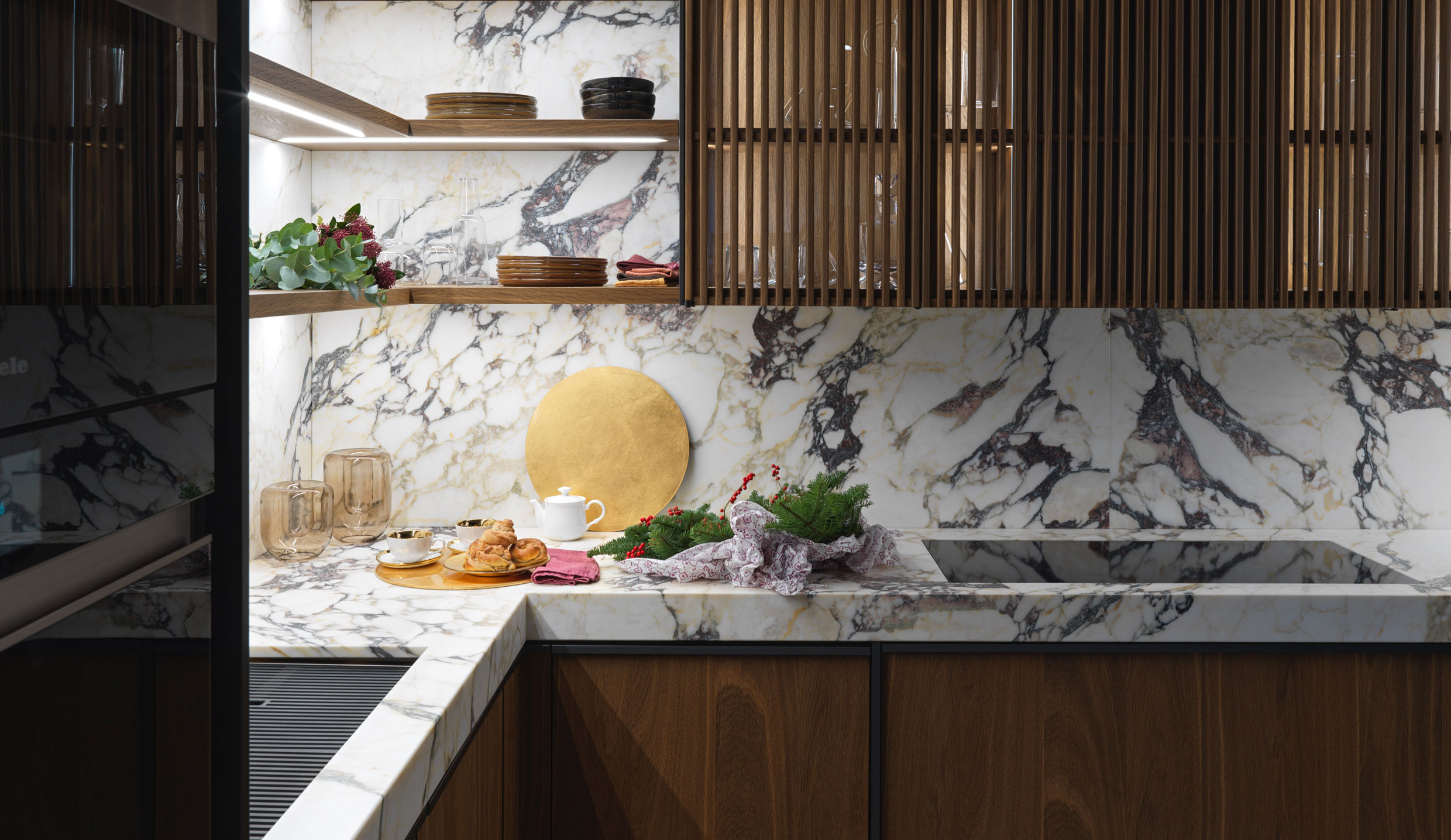
M Magazine: Are you optimistic that we can do that?
Leyu: Traditions can be formulated quickly. In China, we've started eating apples at Christmas because the pronunciation of “apple” in Chinese sounds similar to the pronunciation of “safety”, so the apple becomes a symbol of good fortune associated with Christmas. Traditions don’t need to have a long history. Moments of celebration are essential no matter what culture you're from, but it’s important to reconsider the foods that we eat during them. Some foods are full of possibilities, for example, such as dumplings – there are so many different ways to cook them, eat them, and you can store any that are left over. I think we could find a balance between foods you can enjoy in the moment, but also as leftovers.
Marije: Many people relate to traditions that they think shouldn't change, but who says that’s the case? Traditions have been designed and developed and changed for years, and sometimes there can be really silly reasons for a tradition. As designers, we can help to create new traditions that do make sense, but which also honour the sense of enjoyment of food and togetherness.
Csaba: My role is also focused on reducing laziness around food and, like you’ve both said, imagination and creativity are the key to that. Even here in Italy, where eating seasonally and sustainability are huge topics, people can still be very lazy. Something like 25 per cent of all food bought in Italian stores is wasted, for example, which is a huge quantity.
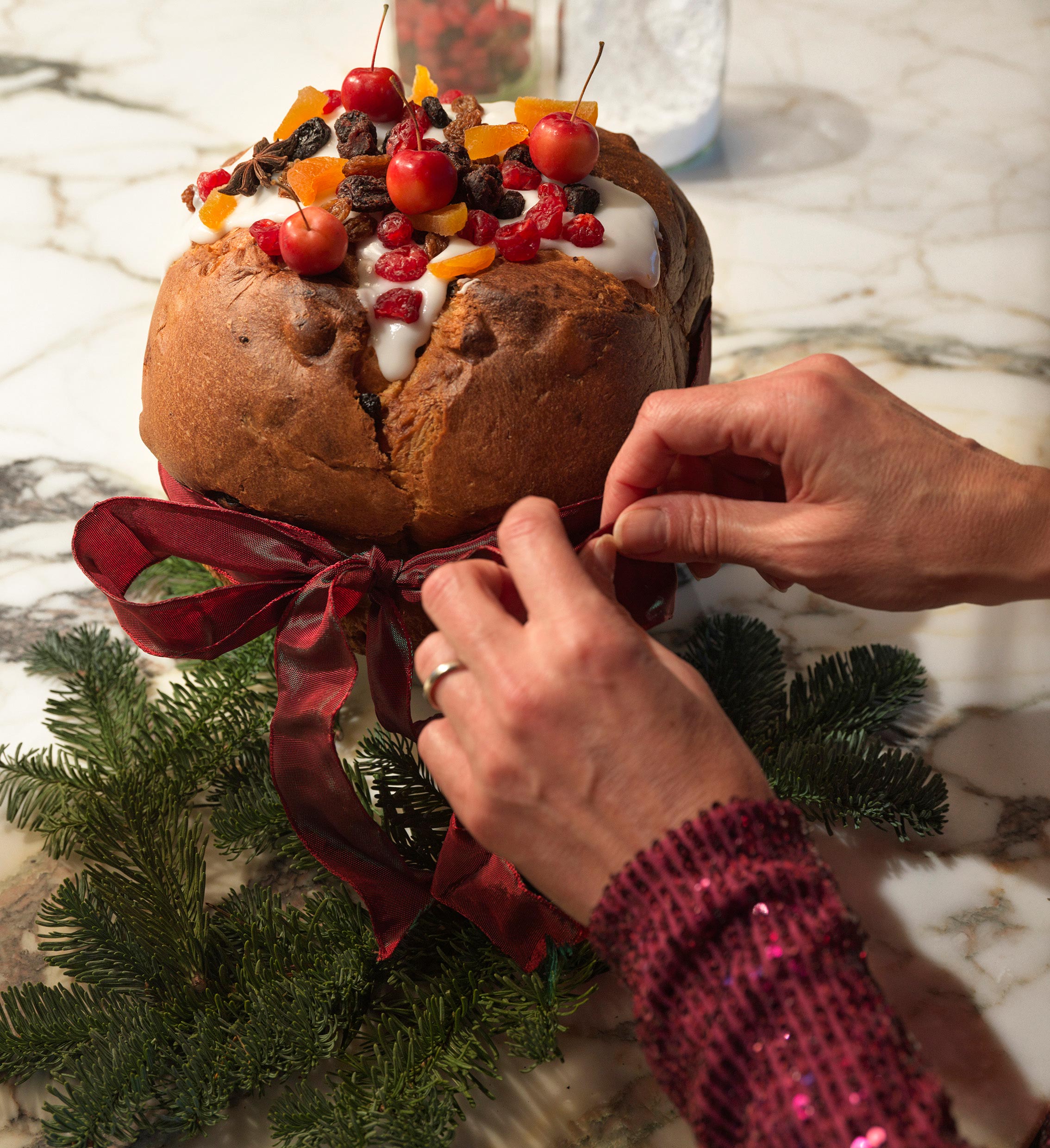
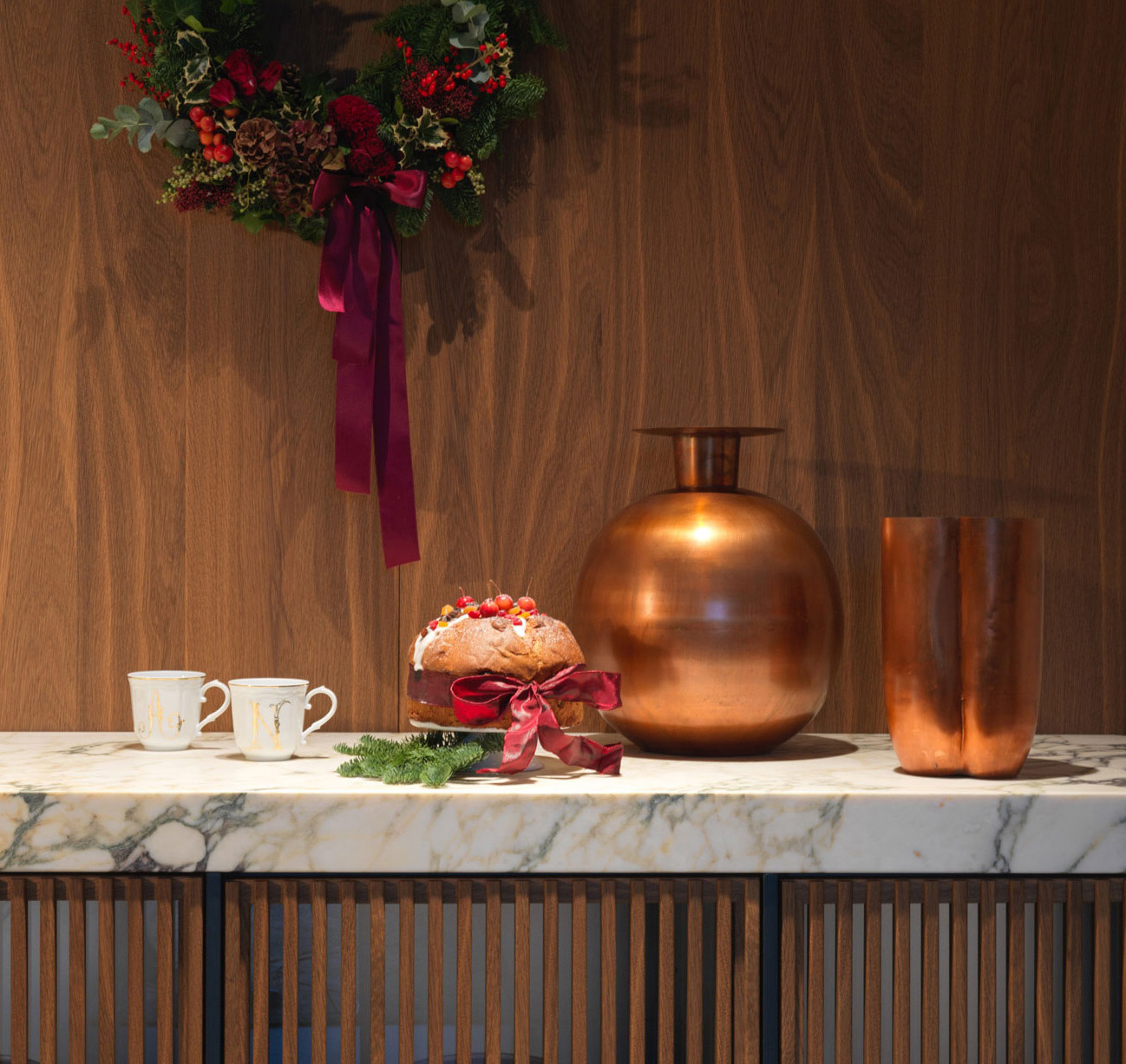
M Magazine: A lot of what we're talking about are issues that extend far outside of food – waste, use of resources, social interaction. What about food makes it such a good vehicle to have these wider discussions?
Emilie: Food is the only thing we do multiple times a day. I always think of it as circuit training for our lives. It's where we build muscle memory, because if you attach new meaning to it, and then repeat that multiple times a day, it has a huge impact in terms of behavioural change, because it's embodied experience. Embodied experiences is where food is deeply powerful, and celebrations are sort of the apex of that.
Leyu: Eating is an embodiment of choice – it’s so important that we think about what we’re putting into our bodies. Designing around food really highlights that idea of choice, or the process of making a choice. The nature of eating fascinates me because the choices that people make about what to eat represent something about them.
Marije: I agree with everything you’re saying. The moment that you start working with food, you realise that you're not actually working with food. You're always working with the eating human being, because if food is not eaten, it doesn't mean anything. I think this relationship between food and the human is very interesting, because food is the most important material in the world. Without food, we cannot live. So it’s simple: if you're a designer, food is an obvious choice to work with. It has all these layers of identity and culture and connection with other people, as well as friction and conflict and politics and landscape. It encompasses everything.
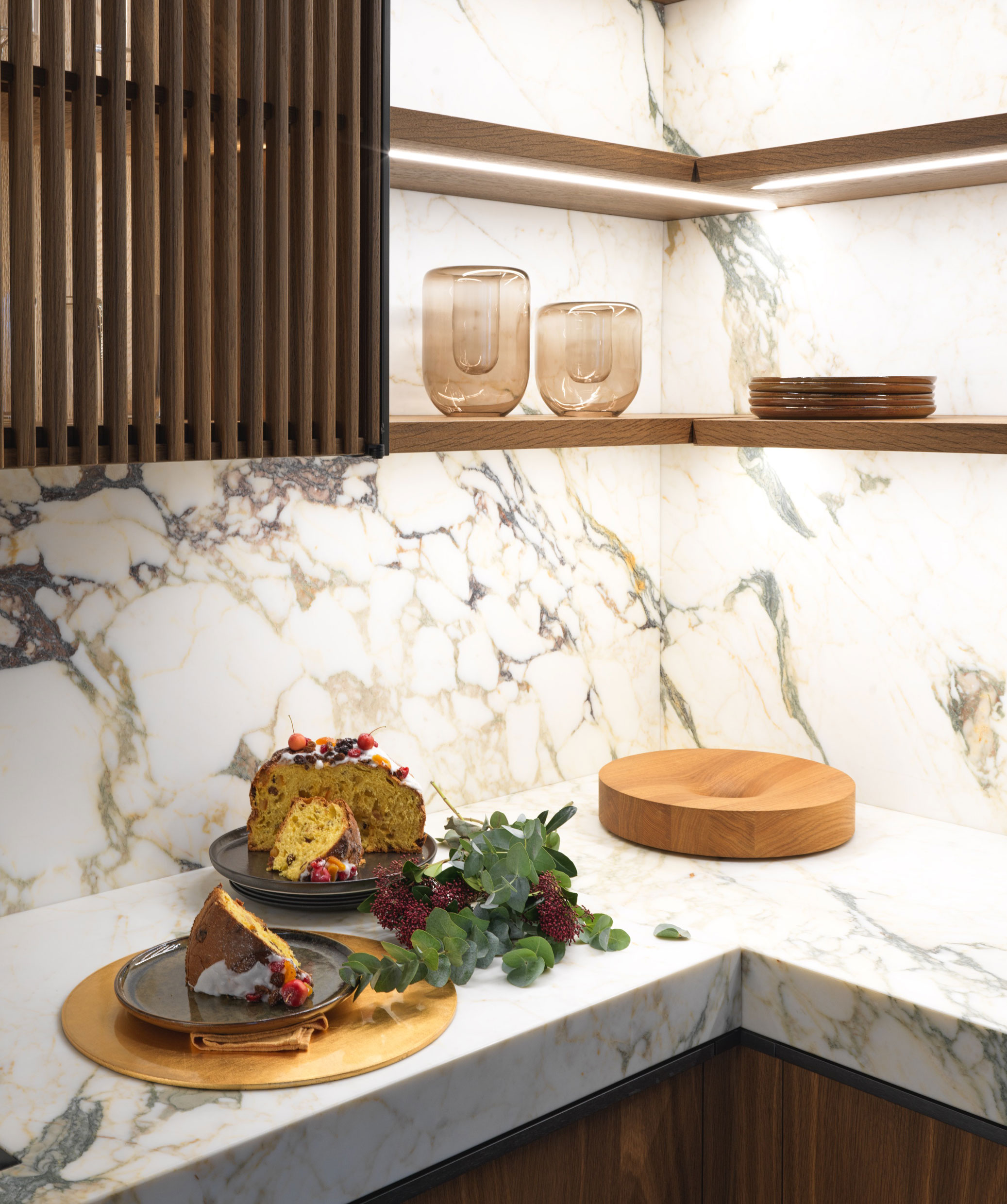
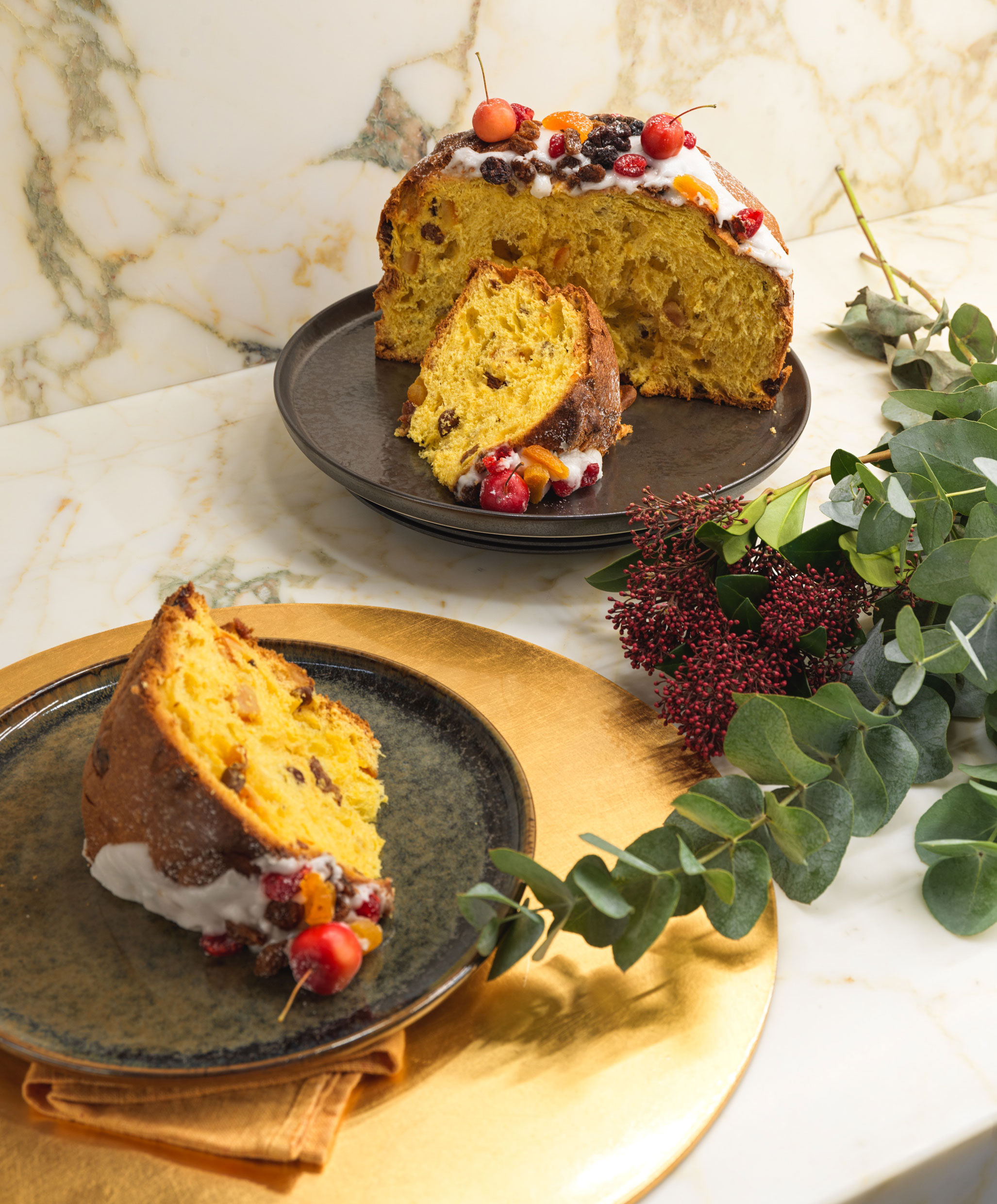
The photographer Jeff Burton is known for the cinematic quality of his work: bathers by a hotel pool become a study in saturated colour; tanned bodies are seen at one remove, distorted by mirrored surfaces; a woman’s glance is glimpsed through a car’s rearview mirror.
Lunar New Year is the most important day in China’s lunisolar calendar.
Beyond the art of ceramics: Japanese artist Yoshimi Futamura in conversation with KALPA Galleries’ founder Olga Niescier.
Thanks for your registration.